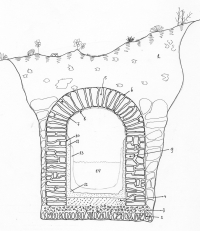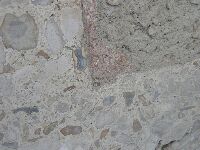Opus craticium
Term both used for wattle work and walls of half-timer construction, filled in with stones and/or straw and plastered with mortar
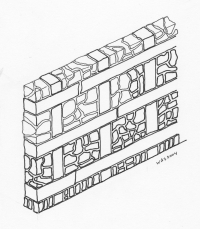
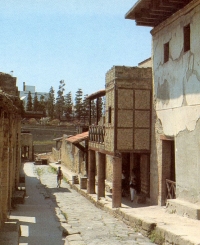
Opus incertum
Using irregular shaped and random placed uncut stones or fist-sized tufa blocks inserted in a core of opus caementicium, used from the beginning of the 2nd century bc, later superseded by opus (quasi) reticulatum.
First half 2nd c BC - 1st c BC.
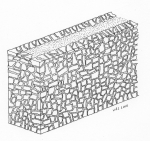

Opus quadratum
Walls of cut stone, rectangular in form.
From 4th c BC on.
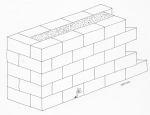
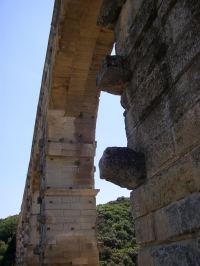
Opus (quasi) reticulatum
Small square tufa blocks placed diagonally to form a diamond-shaped mesh pattern, often supplemented by other materials at frames of windows and doors or at reinforcements at corners of buildings with oblong tufa blocks.
Last quarter 2nd c BC - mid 1st c BC (Opus quasi reticulatum); first half 1st c BC - late 1st c AD (Opus reticulatum).
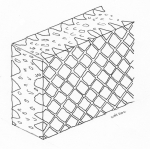
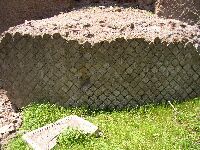
Opus testaceum / latericium
Brick faced masonry - kiln-backed bricks; the dominant technique throughout the imperial period.
Last quarter 1st c BC; popular during Nero's reign.
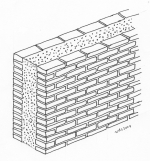
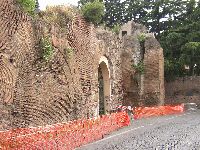
Opus (reticulatum) mixtum
Masonry of reticulated material reinforced and/or intersected by brick bands or interlocked with bricks.
Mid 1st c AD - early 3rd c AD.
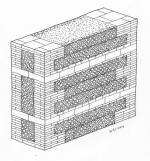
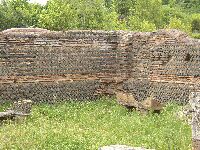
Opus vittatum
Oblong (or occasionally square) tufa blocks intersected by one or more brick bands at (ir-) regular distances.
Early 4th c BC (Opus vittatum simplex); 3rd c AD - 4th c AD (Opus vittatum mixtum).
Typical during the reign of Maxentius and Constatine.
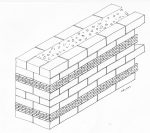
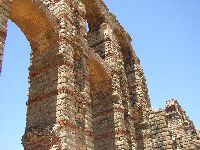
Opus sectile
Decoration patterns and figures at walls (and floors) with precisely cut pieces of polychrome stone, usually marble
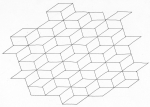
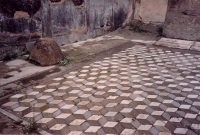
Opus spicatum
Walls (and floors) made of quite small elongated tiles, laid in a fishbone pattern
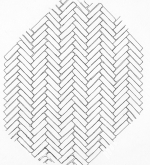
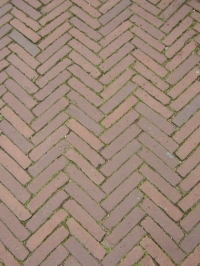
Opus signinum
Waterproof floor- and wall-revetment of mortar mixed with terracotta sherds and crushed tiles or bricks.
Number 12 on the drawing.
